All Stories
-
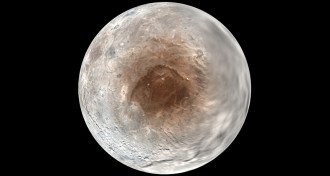 Planetary Science
Planetary ScienceSource of Charon’s red north pole is probably Pluto
The dark red pole on Charon, the largest moon of Pluto, is probably gas that escaped from Pluto and was then transformed by sunlight.
-
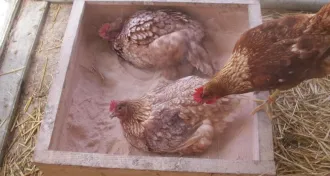 Animals
AnimalsSandboxes keep chicken parasites at bay
Fluffing feathers in sand and dust prevents severe mite infections in cage-free hens.
-
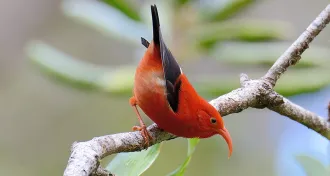 Animals
AnimalsKauai’s native forest birds are headed toward extinction
Kauai’s honeycreepers are losing their last refuges from mosquito-borne diseases that are spreading due to climate change. Some could become extinct within a decade.
-
 Science & Society
Science & SocietySee where Clinton and Trump stand on science
Science News looks at where presidential candidates Hillary Clinton and Donald Trump stand on seven key science issues, from genetic engineering to space exploration.
-
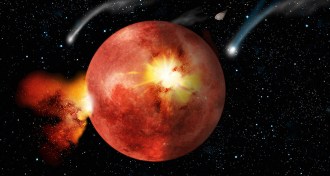 Planetary Science
Planetary ScienceMoon rocks may have misled asteroid bombardment dating
Discrepancies in moon rock dating muddy Late Heavy Bombardment debate.
-
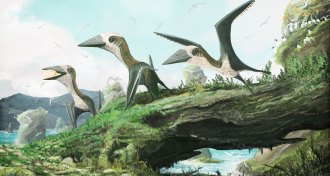 Paleontology
PaleontologyPterosaurs weren’t all super-sized in the Late Cretaceous
A 77-million-year-old flying reptile may be the smallest pterosaur of the Late Cretaceous.
By Meghan Rosen -
 Planetary Science
Planetary ScienceRock star Freddie Mercury now has his own space rock
Queen front man Freddie Mercury is the latest in a long list of celebrities to have an asteroid named after him.
-
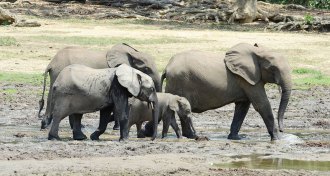 Animals
AnimalsAs IUCN votes on ivory trade, elephants’ future looks bleak
As the IUCN prepares to debate an end to the ivory trade, two new reports show just how poorly Africa’s elephant species are faring.
-
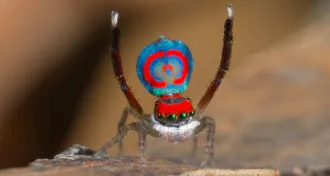 Animals
AnimalsTiny structures give a peacock spider its radiant rump
Peacock spiders use pigments and complex nanostructures to achieve bright dance costumes.
-
 Health & Medicine
Health & MedicinePanel outlines research priorities for ‘Cancer Moonshot’
Recommendations for President Barack Obama’s Cancer Moonshot include improved data sharing, focus on immunotherapy and commitment to patient engagement.
By Laura Beil -
 Neuroscience
NeuroscienceBrain training can alter opinions of faces
Covert neural training could shift people’s opinions of faces.
-
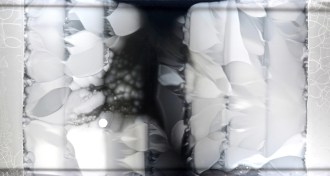 Life
LifeScientists watch as bacteria evolve antibiotic resistance
A giant petri dish exposes the evolutionary dynamics behind antibiotic resistance.